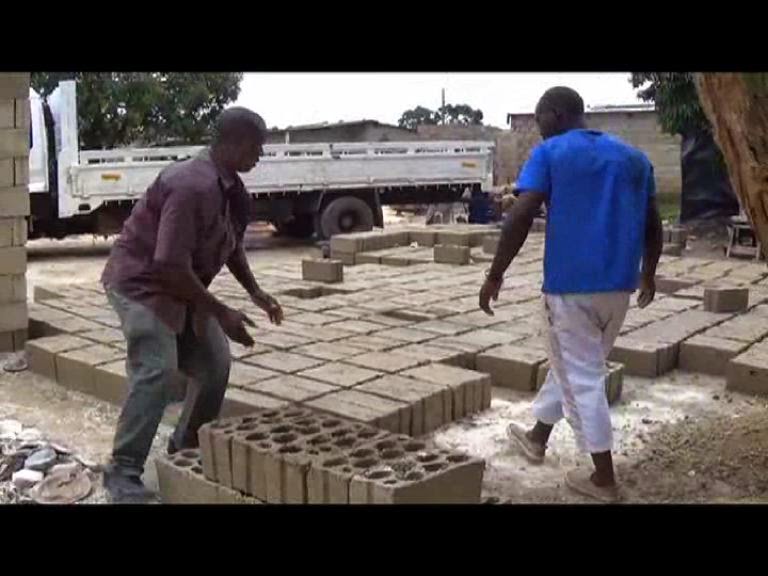LAND TENURE RIGHTS FOR WOMEN AND THE YOUTH
In any nation, land is regarded as one of the most important assets due to its insurmountable value and the power it holds in building societies that are inclusive, resilient, and sustainable. It can be a vital part of cultural and social identities, a valuable asset to stimulate economic growth, and a central component to preserving natural resources. Land tenure refers to the relationship that individuals and groups hold with respect to land and land-based resources, such as trees, minerals, pasture, and water. Land tenure rules define the ways in which property rights to land are allocated, transferred, used or managed in a particular society. When land tenure is secure, land can be a cornerstone for economic growth and an incentive for investment, but when land rights are insecure, this can lead to conflicts, instability and the exclusion of vulnerable groups, such as women, indigenous people and the poor (USAID, 2020). Land in Zambia is divided into state land and customary land, where state land comprises about 6% and 94% of the land is owned under customary law (Kabala, 2014). Different land tenure systems have their advantages and disadvantages. Customary systems, which are often based on traditional, unwritten, and locally relevant rules about how to use and allocate land and resources, facilitate social cohesion, but they may not be able to withstand increasing pressure on land and resources both from within the community and from the outside (compared with statutory systems which provide written legal rules or written case law about these issues). Individual land ownership may put land to the most economically efficient use, but it may exclude disadvantaged populations, such as the poor, and limit state land management options. Public (or state) land ownership may withhold land for conservation purposes or public land management and facilitate more equal access to prime locations, but it may lead to poor land use and land management outcomes as a result of bureaucratic inactivity. For inclusive and sustainable land governance, it is important that land systems are evaluated holistically, to understand how and why decisions on land and natural resources are made, implemented and enforced in both formal and informal settings (USAID, 2020). As is the case with most countries in Sub-Saharan Africa, land is a central means of production in Zambia, where agriculture remains a source of livelihood for most people in rural areas (Kabala, 2014). A study done by SAIRLA in 2019, reported that majority of the Zambian population depend on agriculture for all or part of their livelihoods, therefore, access to land plays an important role in eradicating poverty in Zambia. Zambia is one of the countries in Africa with a youthful population, as statistics show that 82.1 percent of the total population are under the age of 35 (SAIRLA, 2019). According to the National Youth Policy, it has been estimated that 36.7% of the national population are aged between 15-35 years. Not only does Zambia have a youthful population, majority of its population comprises of females. According to the 2018 World Bank’s collection of development indicators, females account for 50.49% of Zambia’s total population. This enormous population of women and youths presents an opportunity for increased economic activities if they are empowered with resources, which includes land. Women and youths play a cardinal role in national development and require recognition and empowerment through skills and resources such as land. Although various efforts have been made to mainstream gender and youth into Government policies and initiatives, more needs to be done to actualize and tap into the potential and full benefits of having both women and youths empowered through indiscriminate access to land for development purposes which include, food security, nutrition and income generation for community and national wealth creation. This document therefore, seeks to highlights the current legislation and challenges faced in land tenure and resource rights for women and youths in Zambia. | ||

Comments
Post a Comment